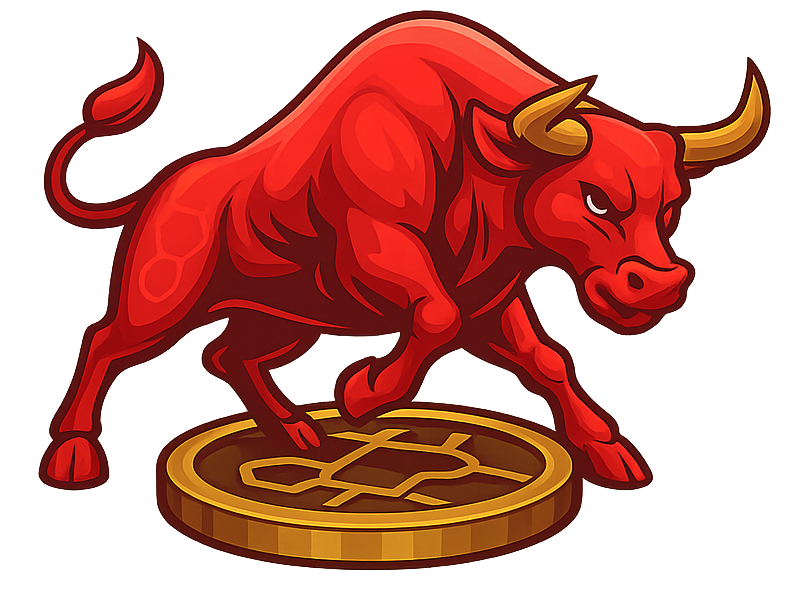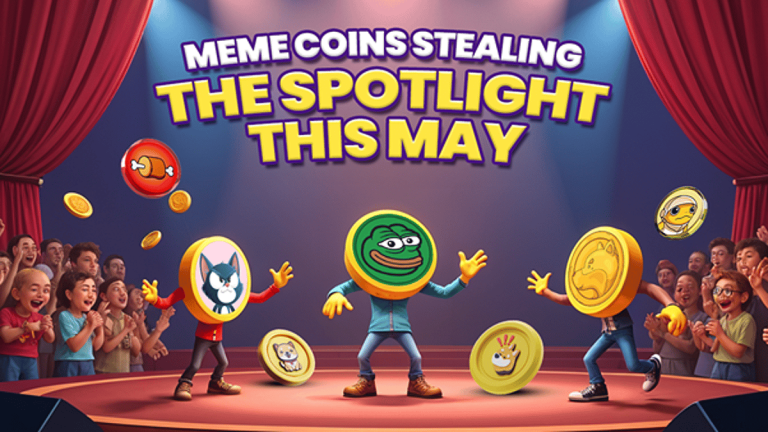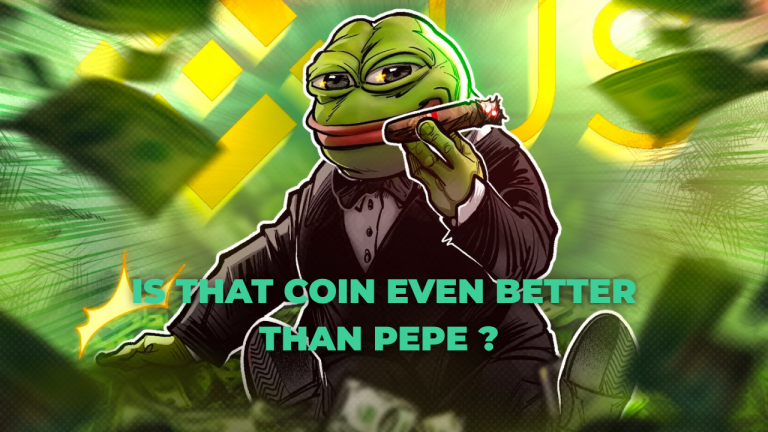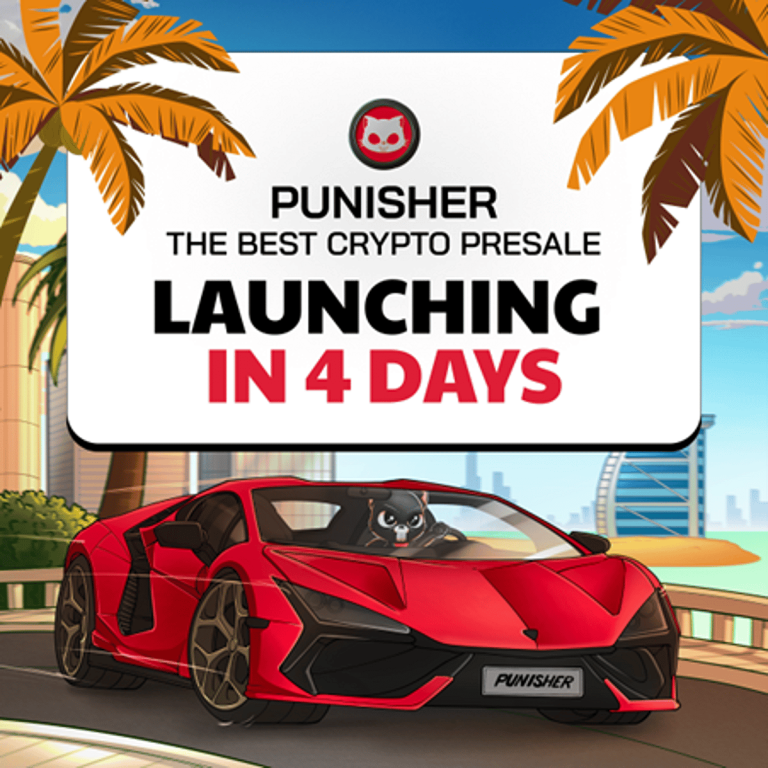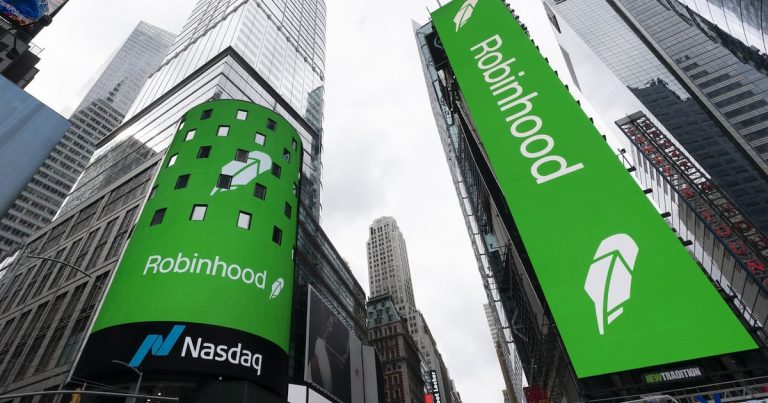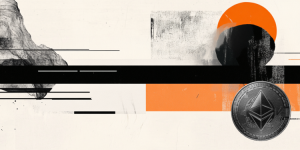Solana meme coins are booming. Tokens like BONK and WIF have surged in popularity, drawing attention from traders, speculators, and curious newcomers. They’re cheap, fast to trade, and often come with viral memes or community hype. But are they serious investments or just a gamble wrapped in dog pictures?
Solana’s low fees and high speed make it easy for anyone to launch a meme coin. That’s one reason these tokens explode so quickly. It costs almost nothing to buy in, which encourages rapid trading and huge volume.
And let’s be honest—most meme coins don’t have much utility. They’re rarely tied to a product or service. Instead, they gain value through social media buzz, influencer tweets, and community-driven hype. For some, that’s enough. For others, it’s a warning sign.
What Are Meme Coins?
Meme coins are cryptocurrencies based on jokes, internet trends, or pop culture. They’re not built for solving problems or running apps like Ethereum or Solana. Most exist purely for entertainment or hype.
Dogecoin started the trend in 2013. It was made as a joke, using the Shiba Inu dog meme. But it took off, thanks to online buzz and later, tweets from Elon Musk. Since then, many similar tokens have followed—some gaining value quickly, others disappearing just as fast.
They don’t offer much utility. Unlike utility tokens, which power apps or services, meme coins usually have no real-world use. Their value often depends on community interest, social media hype, and market momentum.
And that’s exactly what makes them risky—and exciting. They can go viral overnight or crash without warning.
Why Solana? The Perfect Ground for Meme Coins
Solana is fast and cheap. That’s what makes it ideal for launching and trading meme coins.
On Solana, transactions cost fractions of a penny. That’s far lower than Ethereum, where fees can spike during busy times. And trades happen in seconds, not minutes. It’s also easy to get started—many platforms now let you buy SOL with a credit card. So developers and traders can move quickly, launch tokens easily, and experiment without huge costs.
This low barrier attracts creators looking to cash in on viral trends. It also invites everyday users to trade without worrying about fees eating up their gains.
But speed and low cost come with trade-offs. It’s easy for scams and copycat tokens to flood the market. Still, Solana’s design keeps the ecosystem lively and unpredictable—perfect conditions for meme coin mania.
BONK and WIF: Case Studies of Solana’s Most Popular Meme Coins
Background and Launch
BONK was Solana’s first major meme coin. It launched in late 2022 during a difficult time for the Solana ecosystem, just after the FTX collapse. Developers wanted to boost community spirit. So they airdropped BONK to Solana users, NFT collectors, and developers—for free.
WIF, short for “dogwifhat,” appeared in late 2023. No roadmap. No promises. Just a dog in a hat and a lot of memes. It quickly caught attention on social media and crypto forums. People loved the absurdity.
Both coins started as jokes. But the timing, viral energy, and community response made them serious contenders.
Tokenomics and Price Performance
BONK has a massive supply—100 trillion tokens. It was designed to be abundant and accessible. After the airdrop, it traded at low prices, but hype pushed it to a $1 billion market cap in early 2024.
WIF has a smaller supply—around 998 million tokens. It’s seen as more limited, which helped drive price speculation. In just months, WIF reached a multi-billion-dollar valuation, climbing the ranks on CoinMarketCap.
Both tokens saw explosive gains. And both remain highly volatile. Their prices move with sentiment, not fundamentals.
Community and Cultural Appeal
Community is the engine behind both coins. BONK was seen as “for the people,” with wide distribution and anti-VC messaging. It became a symbol of grassroots crypto revival on Solana.
WIF is pure meme energy. Its mascot—a Shiba Inu in a knitted hat—became an internet icon. No clear leader, no official team. Just holders, memes, and good timing.
Both projects thrive on Twitter, Discord, and Telegram. Memes spread fast, and users rally around fun, not function.
Any Signs of Real-World Utility or Roadmap?
Utility is limited. BONK has been used for NFT minting and tipping, and a few apps accept it for payments. But it’s mostly a community coin, not a tech project.
WIF doesn’t pretend to offer utility. No official roadmap, no product. The value lies in its meme status and cult following.
And that’s the point—neither token tries to be something it’s not. They’re memes first, investments second, and utilities… maybe someday.
Meme coins rise because people talk. Their value often comes from hype—not technology, not utility. A few viral posts, influencer mentions, or trending hashtags can cause prices to skyrocket.
And Solana meme coins are perfect for this. They’re cheap to trade, easy to share, and fast to spread across social media. BONK and WIF grew because of jokes, memes, and strong online communities—not because they solved real problems.
But hype fades. Once attention shifts or a new meme coin appears, prices drop just as fast. Without real utility or use cases, long-term value is hard to sustain. If there’s no reason to hold the token beyond the joke, interest can vanish overnight.
That’s the challenge. Meme coins can go up quickly, but they often crash even faster—especially when the fun wears off.
Are They Good Investments or Just Gambles?
They’re gambles, not investments. Meme coins don’t follow normal rules. They aren’t tied to revenue, products, or adoption metrics. They run on emotion, trends, and timing.
You might double your money in a day. Or lose everything just as quickly. Prices swing wildly. A tweet can send a coin soaring—or crashing. There’s no roadmap, no long-term plan, and often no team behind it.
And liquidity can vanish fast. If volume drops, it becomes hard to sell without affecting the price. That’s a major risk for anyone trying to exit after the hype dies.
Final Words
Solana meme coins are fun—but risky. BONK, WIF, and others show how fast community hype can create value. They’re built on memes, not roadmaps. And while some traders make huge gains, many lose just as fast.
It’s easy to get caught up in the excitement. The memes are entertaining, the prices move fast, and the communities are loud. But without real utility or long-term plans, these tokens are often short-lived.
If you’re thinking about joining the hype, treat it like a bet—not a business. Only risk what you can afford to lose. And if a coin sounds too good to be true, it probably is.
Know what you’re holding. And don’t confuse noise for value.
Since you’re here …
… we have a small favour to ask. More people are reading Side-Line Magazine than ever but advertising revenues across the media are falling fast. Unlike many news organisations, we haven’t put up a paywall – we want to keep our journalism as open as we can – and we refuse to add annoying advertising. So you can see why we need to ask for your help.
Side-Line’s independent journalism takes a lot of time, money and hard work to produce. But we do it because we want to push the artists we like and who are equally fighting to survive.
If everyone who reads our reporting, who likes it, helps fund it, our future would be much more secure. For as little as 5 US$, you can support Side-Line Magazine – and it only takes a minute. Thank you.
The donations are safely powered by Paypal.
